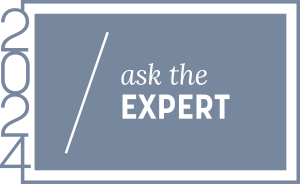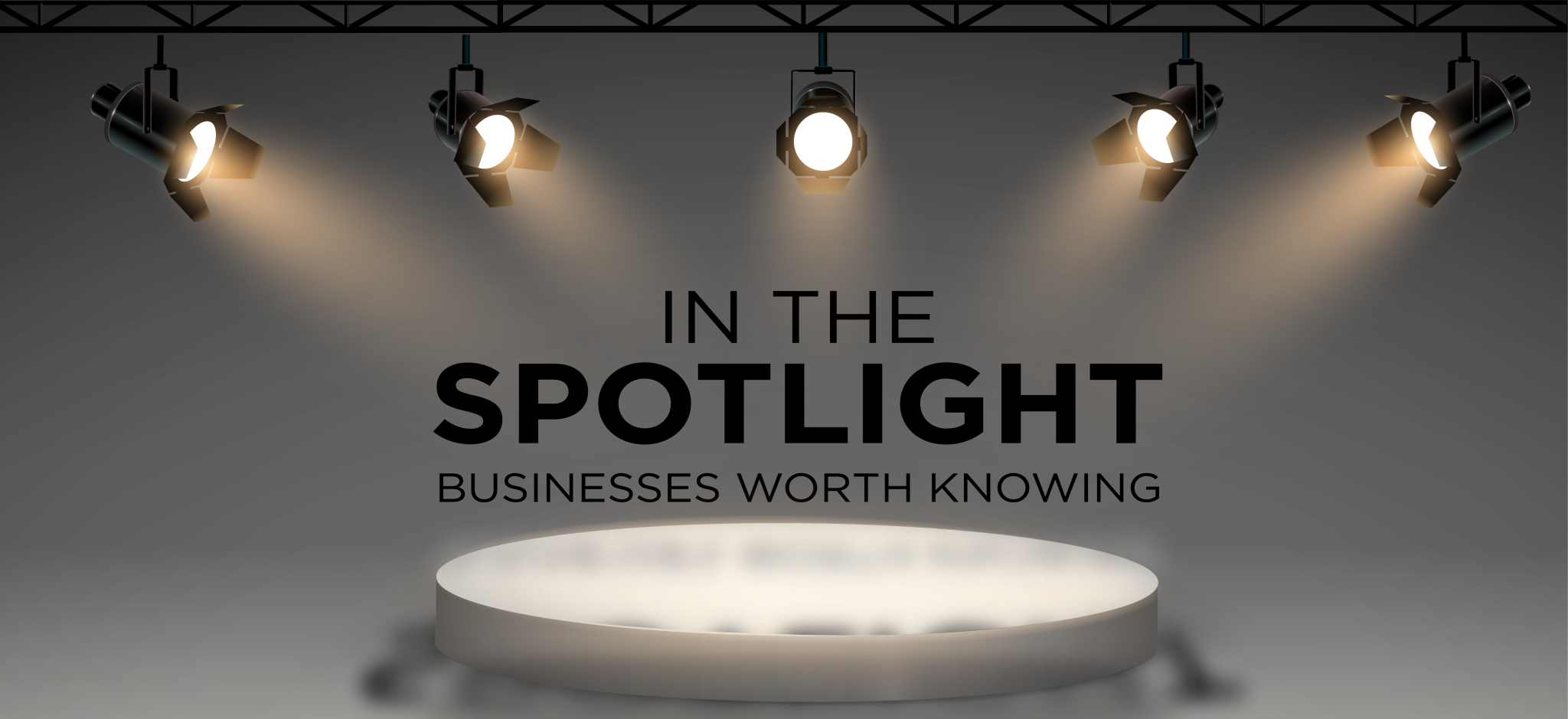
Q&A
Neurofeedback Provider
What is neurofeedback?
Neurofeedback retrains the brain to work more efficiently. Through brain mapping using both quantitative electroencephalogram (QEEG) and electroencephalogram (EEG), we can find out from where in the brain mental health issues, such as attention-deficit/hyperactivity disorder (ADHD), anxiety, or depression, may be arising. We use that information to retrain that area of the brain with neurofeedback.
Who can benefit from neurofeedback treatment?
The typical client is someone who has dealt with mental health issues for a while and may be receiving traditional talk therapy with success but still feels underlying symptoms. Parents of behavior-concerned children can also benefit. Their child could be struggling with ADHD or autism spectrum disorder (ASD). Many teens, too, who are experiencing anxiety or depression can benefit.
Individuals who may have tried medication without good results or who want to avoid medication can benefit from neurofeedback treatment. Recent studies of SSRIs (selective serotonin reuptake inhibitors), such as Prozac, have shown that the use of these drugs may be interfering with the body’s ability to make and or use serotonin. The same is also true of benzodiazepines, prescribed for ADHD and anxiety. Studies have shown long-term use of these drugs can have a negative effect on the body. For people who want to stop using these drugs or avoid them altogether, neurofeedback is a viable solution.
What does treatment look like?
The treatment plan begins with the QEEG, which we do here in our office. We sit you down, put a cap outfitted with 19 electrodes on your head, and measure your brain activity for 11 minutes with your eyes open and 11 more with your eyes closed. We’re not pushing anything into the brain; we’re simply reading the electrical activity.
Do you collaborate with medical professionals?
Yes. After the Q analysis, we send the information to three doctors who read both the QEEG and the EEG looking for areas of concern. One MD is looking at structural concerns visible in the EEG, which will show any abnormal electrical activity that could be indicative of a brain lesion, a tumor, or something structural, which can lead to mental health issues. Another MD reviews the QEEG component, which can indicate potential epilepsy or epileptic discharges, which is not the same as epilepsy. In an epileptic discharge, the brain zaps when it shouldn’t be. Depending on where those little spikes or zaps are happening, those discharges can then also affect mental health. We also have a third doctor (published PhD author/expert in the field) who recommends the protocols used for treatment. Treatment then begins with twice-weekly sessions.
Is all neurofeedback the same?
Many individuals in Cypress market themselves as neurofeedback providers, but unless they are collaborating with medical doctors, it is “buyer beware.” They may be doing what’s called “neurostimulation,” which is very different from traditional, or linear, neurofeedback, in that they are pushing low energy into the brain. According to the FDA, they should not be running those programs unless they have an MD onsite during those sessions.
About The Expert

Dawn-Petrice Youngs, MA, LPC-S, NCC, BCN
Neurofeedback of Cypress, LLC and Youngs Counseling, PLLC
Dawn-Petrice owns Neurofeedback of Cypress, LLC and Youngs Counseling, PLLC. She is a Licensed Professional Counselor Supervisor, a National Certified Counselor, and board certified in neurofeedback. Her journey to neurofeedback is a result of her desire to help herself and her family find drug-free, non-invasive alternatives to the treatment of ADHD, anxiety, and depression.










